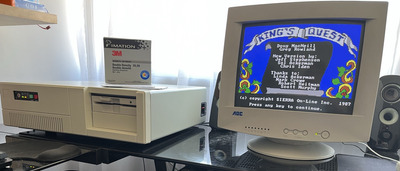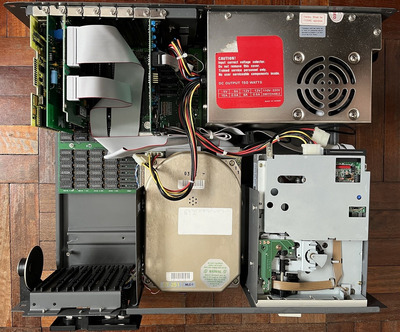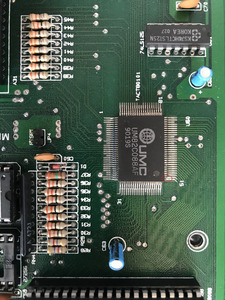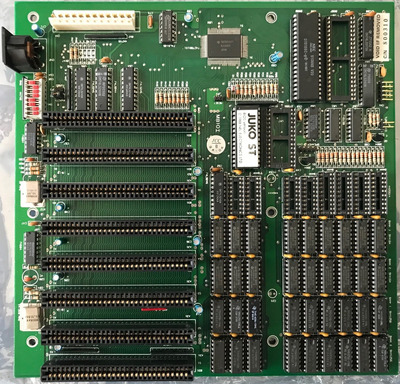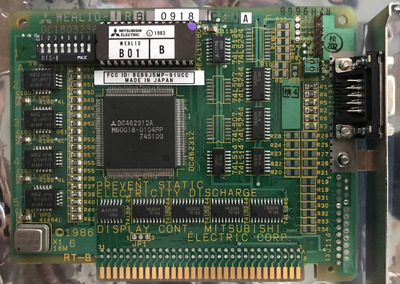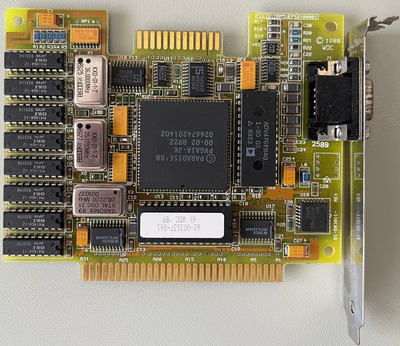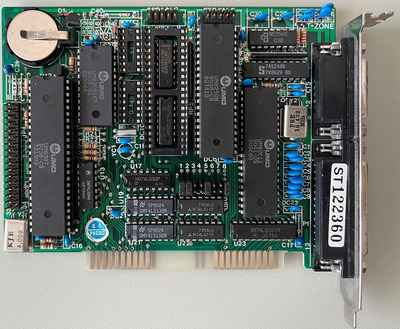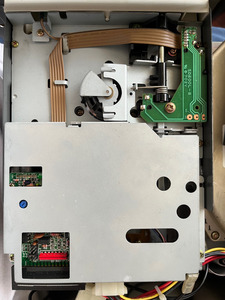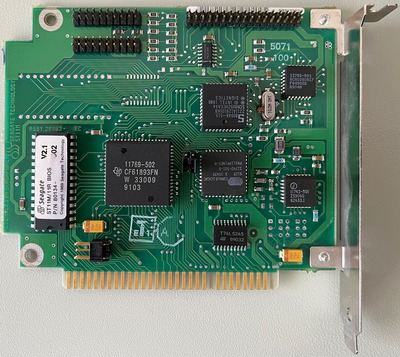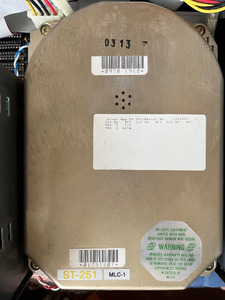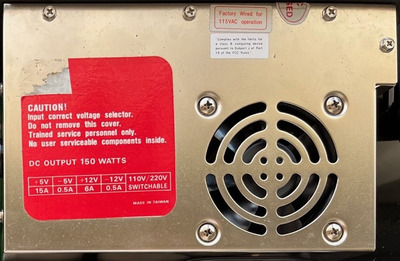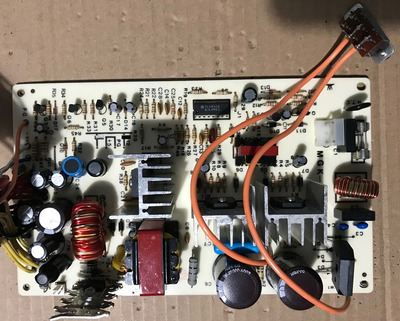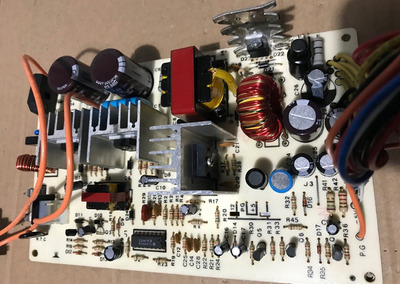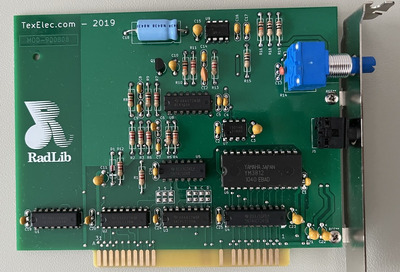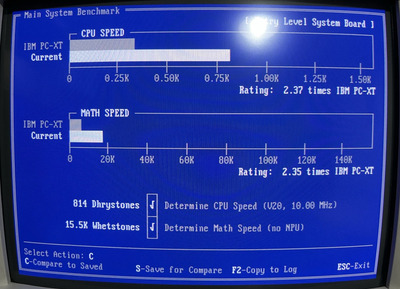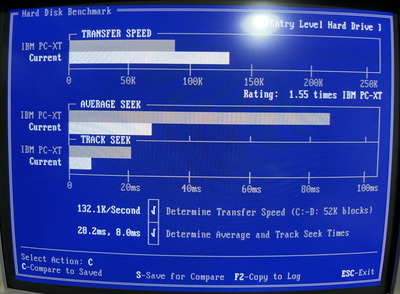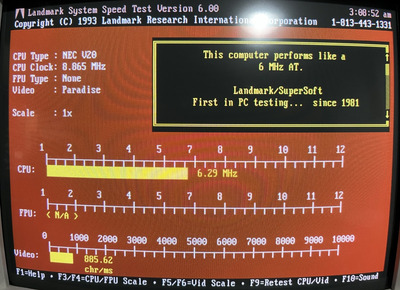First post, by TheMobRules
It wasn't in my plans to get an XT-class machine as my era of interest starts around the late 286-early 386 era, but a couple of years ago I got an "offer I couldn't refuse" for a Turbo XT clone. It seemed to be in near-mint condition, especially the case, but there was no brand or logos at all, I even got the original cardboard box it came in which just had a "Made in Taiwan" label on it. So we're talking about truly generic stuff here!
The front panel has lights for Power, Turbo and HDD and Turbo/Reset buttons. There is also a 5.25'' floppy drive installed:
It also has an extremely satisfying chunky red power switch on the side, as any self-respecting XT style machine should have:
I got this PC in "does not power up" condition, so I've been working on and off during the past few months trying to get it fully working. I will use this thread as a log of all the work I've done on it, examination of all the components that were installed and any eventual updates/mods I may do in the future. Later on I will update this post with the final build configuration.
Final configuration:
CPU: NEC V20 8MHz @ 10MHz
Motherboard: Turbo Mainboard MB 10I with JUKO ST v2.32 BIOS
DRAM: 640KB 150ns
Graphics card: Paradise PVGA1A-JK with 256KB of DRAM
Sound card: "RadLib" (Adlib clone card)
I/O controller: generic "T-ZONE" card with XT floppy controller, RTC, 1 parallel port, 1 serial port and 1 game port
FDD: Epson 5.25'' 360KB double density drive
HDD controller: Seagate ST11M MFM controller
HDD: Seagate ST-251 42MB MFM drive
OS: MS-DOS 3.30A
More pictures:


